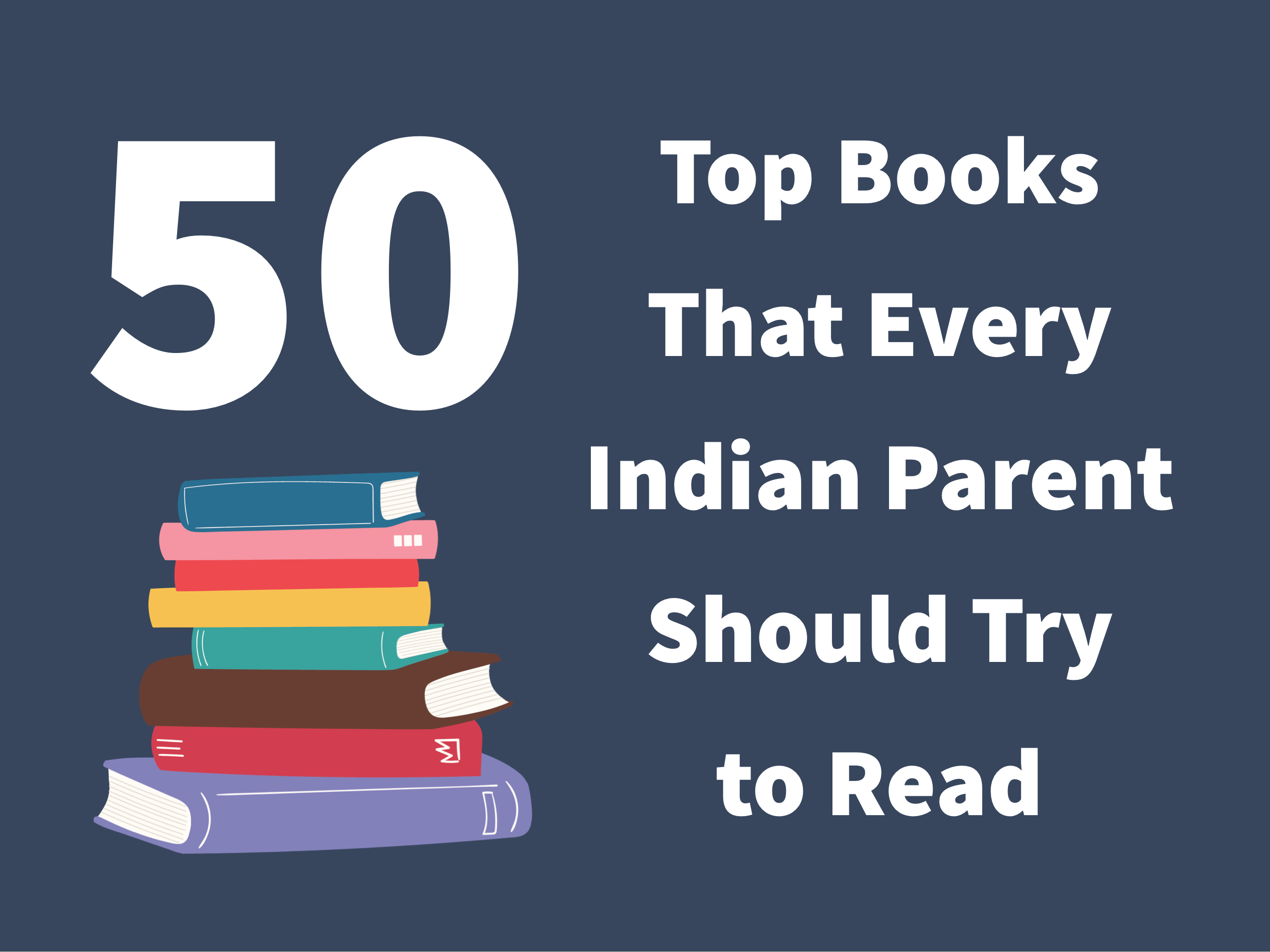
Conjunctivitis in Babies, Children, and Teens: Understanding Eye Flu in Kids and Prevention Measures
Conjunctivitis, wontedly known as pink eye or eye flu, is a highly contagious eye condition that affects people of all ages, including babies, children, and teenagers. It is characterized by inflammation of the conjunctiva, the thin, well-spoken tissue tent the white part of the eye and the inner surface of the eyelids. This vendible aims to provide a comprehensive overview of conjunctivitis in infants, kids, and teens, focusing on its causes, symptoms, treatment options, and most importantly, prevention measures to safeguard the eye health of young individuals.
Understanding Conjunctivitis in Kids
Conjunctivitis is prevalent among children and teenagers due to their tropical interactions in school, daycare centers, and other social settings. The most worldwide types of conjunctivitis in kids include:
- Viral Conjunctivitis: Viral conjunctivitis is the most worldwide form of eye flu in kids and is often caused by the same viruses that rationalization the worldwide cold. It typically begins in one eye and can quickly spread to the other. Viral conjunctivitis is highly contagious and can spread through uncontrived or indirect contact with eye secretions.
- Bacterial Conjunctivitis: Bacterial conjunctivitis is caused by bacterial infections and can moreover be highly contagious. It is characterized by redness, discharge, and swelling of the eyes. Bacterial conjunctivitis can spread through contact with infected eye secretions or contaminated objects.
- Allergic Conjunctivitis: Allergic conjunctivitis is triggered by allergens such as pollen, pet dander, pebbles mites, or mold spores. This type of conjunctivitis is not contagious but can rationalization significant discomfort and itching in unauthentic children.
- Irritant Conjunctivitis: Irritant conjunctivitis is not caused by an infection but rather by exposure to irritants like smoke, chemicals, or chlorine in swimming pools. It can lead to red, watery vision but is not contagious.
Symptoms of Conjunctivitis in Kids
The symptoms of conjunctivitis can vary depending on the cause, but worldwide signs to watch for include:
- Red or pink discoloration in the whites of the eyes
- Itchy and irritated eyes
- Watery or sticky venting from the eyes, which may form crusts during sleep
- Swollen eyelids
- Sensitivity to light
- Eye discomfort or pain
- Excessive tearing
- Blurred vision
Preventing Conjunctivitis in Kids
Prevention is crucial to protect children and teenagers from contracting and spreading conjunctivitis. Here are some constructive preventive measures:
- Good Hygiene Practices: Encourage children to wash their hands wontedly with soap and water, expressly without touching their vision or face. Additionally, stave sharing towels, washcloths, or any personal items that come into contact with the eyes.
- Teach Proper Eye Care: Teach children not to rub their vision with dirty hands, as it can introduce harmful yes-man and irritants. If they wits eye irritation, instruct them to use a wipe tissue to dab the vision gently.
- Disinfect Shared Items: In settings like schools or daycare centers, regularly disinfect wontedly touched objects like doorknobs, toys, and desks to minimize the spread of germs.
- Avoid Eye Contact: Instruct children to stave tropical contact with individuals who have conjunctivitis until they have fully recovered. This includes lamister touching or hugging unauthentic individuals and refraining from using their personal belongings.
- Allergen Management: If your child is prone to allergic conjunctivitis, take steps to minimize exposure to known allergens. Keep windows sealed during peak pollen seasons, use air purifiers, and vacuum wontedly to reduce indoor allergens.
- Vision Check-ups: Schedule regular eye check-ups for your child to identify and write any eye-related issues promptly.
Treatment Options for Conjunctivitis in Kids
The treatment for conjunctivitis depends on the underlying cause:
- Viral Conjunctivitis: Viral conjunctivitis is self-limiting and usually resolves on its own within a few days to a week. Applying warm compresses and using over-the-counter lubricating eye drops can help unstrap discomfort.
- Bacterial Conjunctivitis: Bacterial conjunctivitis is typically treated with antitoxin eye drops or ointments prescribed by a pediatrician. Ensure the well-constructed undertow of medication is administered as directed.
- Allergic Conjunctivitis: For allergic conjunctivitis, lamister allergens is essential. Over-the-counter antihistamine eye drops can provide relief from itching and redness.
- Irritant Conjunctivitis: Lamister exposure to the irritant is the primary treatment for irritant conjunctivitis. Artificial tears can help soothe the vision and wash out irritants.
Conclusion
Conjunctivitis, or eye flu, can stupefy babies, children, and teenagers, making it crucial for parents and caregivers to be vigilant well-nigh prevention measures. By promoting good hygiene practices, teaching proper eye care, and taking steps to reduce exposure to allergens and irritants, we can safeguard the eye health of young individuals. If any signs of conjunctivitis are observed, seeking medical sustentation promptly and pursuit the prescribed treatment can help children recover quickly and prevent the spread of this contagious condition within the community.
The post Conjunctivitis in Babies, Children, and Teens: Understanding Eye Flu in Kids and Prevention Measures appeared first on Dr Dad.





